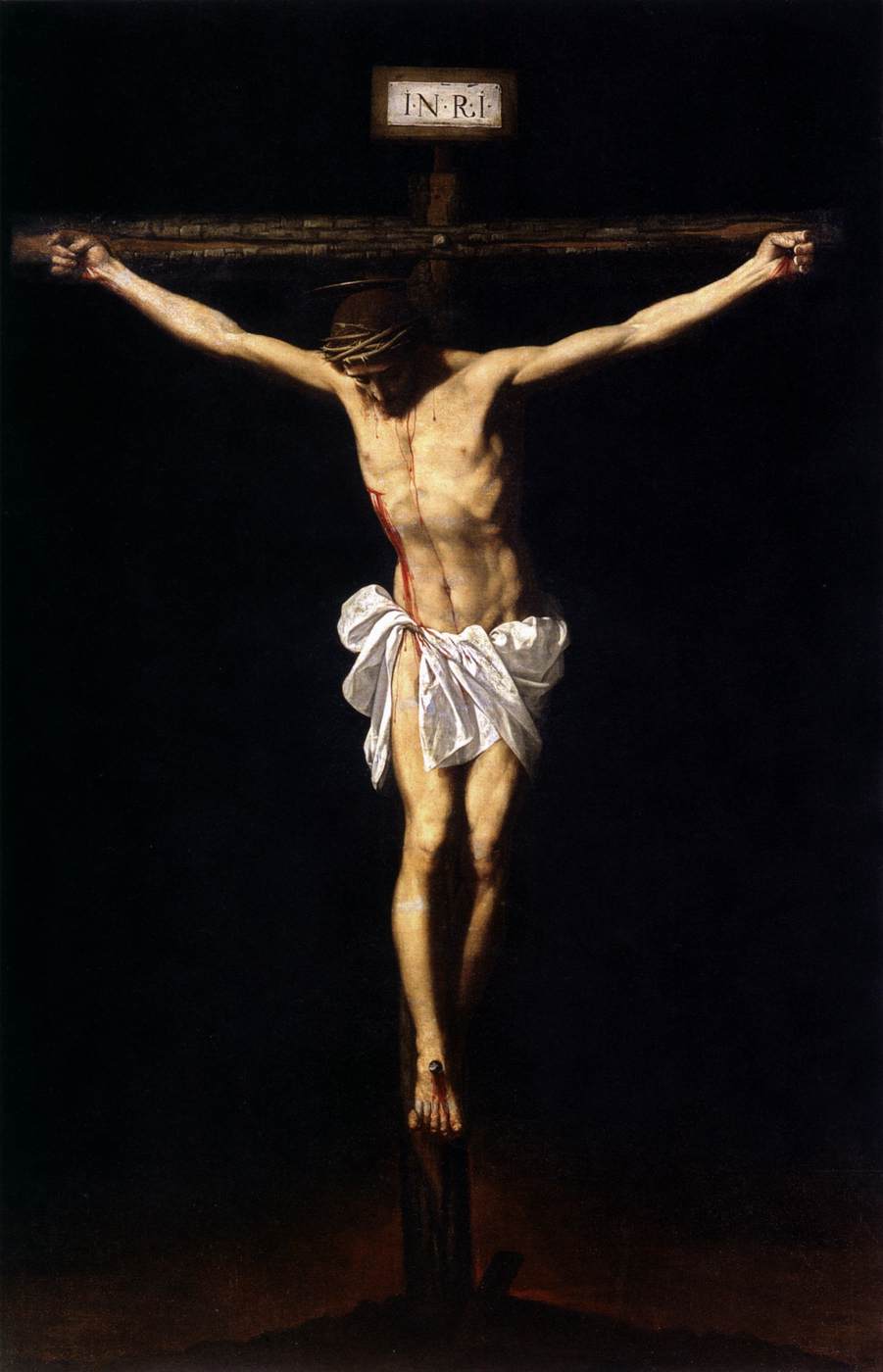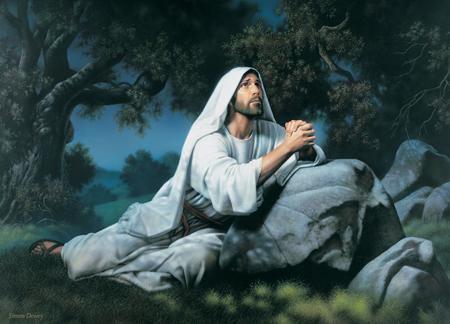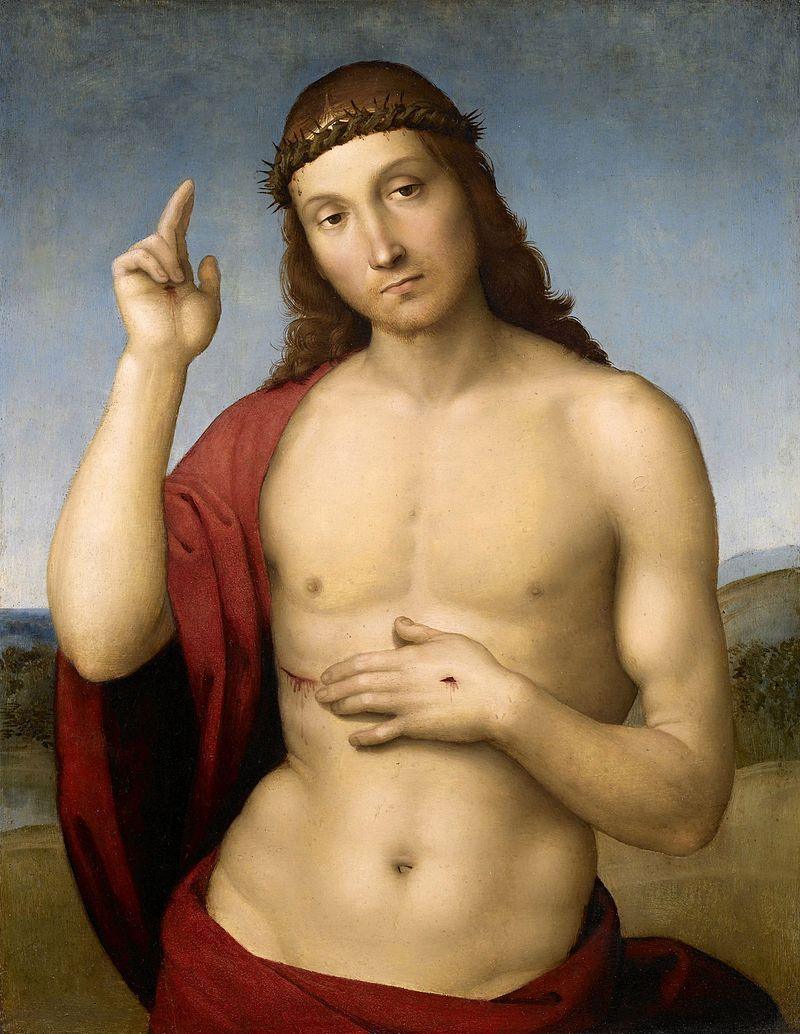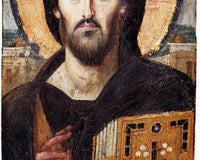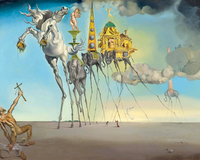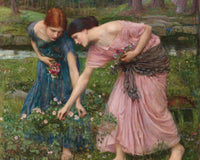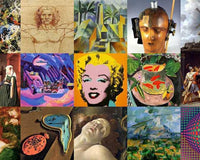AI identifies a Renaissance masterpiece. Art historians are skeptical.
It’s not often that the work of authenticating art makes headlines, but that’s exactly what happened last year when a team of researchers in the U.K. determined that an anonymous, centuries-old painting known as the Brécy Tondo was likely made by the Renaissance giant Raphael. It was a bold claim, with potentially huge financial implications, but what really caught people’s attention was the technology the researchers used to reach that conclusion: AI.
In recent years, the intersection between artificial intelligence (AI) and art has stirred the waters of the art world in previously unimaginable ways. The once hallowed realm of art authentication has found itself in the midst of this technological revolution, challenging not only the authority of art historians, but also the very nature of how we understand and value art. The audacity of the claim was matched by the controversy that followed, particularly when another AI analysis, conducted by Swiss firm Art Recognition, cast doubt on this attribution.
The original analysis, led by Christopher Brooke of the University of Nottingham and Hassan Ugail of the University of Bradford, used a facial recognition model to compare the Madonna in the Tondo at Brécy to Raphael’s iconic Sistine Madonna. Their AI determined a 97 percent match, leading to the conclusion that both works were likely created by the same hand. This innovative use of AI in art authentication made headlines, and for a brief moment, it seemed like the technology had triumphed in a domain traditionally ruled by the trained eye of connoisseurs.
Dr Christopher Brooke, Honorary Research Fellow at the University of Nottingham, is an expert in digital image analysis and co-author of the research paper.
"This study demonstrates the capabilities of machine learning to determine the likelihood that Old Master paintings are by the same artist. In this case study, direct facial comparison yields a 97% match, a statistically very high probability that the artworks are by identical creators."
Dr Christopher Brooke, Honorary Research Fellow

Professor Howell Edwards, Honorary Scientific Adviser to the de Brécy Trust, said: “Our earlier Raman spectroscopic analyses of the pigments, which placed the Tondo painting firmly in the 16th-17th century and dispelled the idea that it was a Victorian copy, have been further vindicated by facial recognition analysis of the subjects of the Madonna and Child and their close similarity to those of Raphael’s Sistine Madonna.”
The Trust is absolutely delighted that this new scientific evidence confirms the attribution of the Tondo to Raphael, following Raman spectroscopic analysis of its pigments by Professor Howell Edwards, which confirmed its dating to the Renaissance period. It illustrates very convincingly the increasing value of scientific evidence in the attribution of a painting.
Timothy Benoy, Honorary Secretary, deBrécy Trust
The celebration was short-lived, however. Art Recognition’s model, which was trained on a mix of authentic Raphael paintings and forgeries, later contradicted earlier findings, stating with 85 percent certainty that the Brécy Tondo was not by Raphael. Carina Popovici, founder of Art Recognition, defended her company’s methodology, emphasizing the subtle differences in what each AI model was assessing. This “battle of the AIs,” as it was dubbed, became a microcosm of the broader debates around the role of AI in art history.
This is not the first time AI has sparked such discussions. AI’s influence has been quietly growing in the art world, from curating exhibitions to identifying previously unattributed works. For example, AI has been employed to analyse brushwork in paintings by artists such as Rembrandt, helping to authenticate previously disputed works. In 2018, researchers at Rutgers University used AI to study the painting styles of different artists, revealing previously unnoticed patterns and potentially reshaping our understanding of artistic evolution.
But as AI moves deeper into the art world, questions are emerging about the limits of the technology in this deeply humanistic field. The debate is not only about whether AI can accurately authenticate art, but also about whether it can—or should—replace the critical judgment that has long been the foundation of art history. Scholars such as Johanna Drucker and Claire Bishop have been vocal in their skepticism. In her 2013 article, “Is There a ‘Digital Art History’?” Drucker argued that although digital tools have made art history more accessible, they have not fundamentally altered its core methodologies. Bishop, in her essay “Against Digital Art History,” expressed a similar sentiment, warning against reducing art to data points—a move she saw as symptomatic of a broader trend toward the metrication of knowledge.
These concerns are not without merit. The integration of AI into art history has led to a resurgence of formalism, a focus on the physical properties of artworks rather than their cultural context. Amanda Wasielewski, a professor of digital humanities at Uppsala University, warns that this approach could lead to a limited understanding of art, one that overlooks the rich theoretical frameworks developed over the past century. AI’s capacity for “remote visualization”—a method that analyzes vast amounts of visual data to identify patterns—is powerful, but it risks prioritizing the quantifiable over the qualitative.
Yet despite these concerns, there is growing acceptance of AI as a tool rather than a threat. Wasielewski herself recognises the practical benefits of AI in tasks such as archive management and collections curation. These applications streamline the work of art historians and museum professionals without replacing their expertise. The real challenge, she suggests, is ensuring that these tools are used in ways that complement, rather than eclipse, traditional methods of art historical research.
The recent collaboration between Popovici and Nils Büttner, a German art history professor, is a case in point. Despite their different approaches, Popovici’s AI-powered analysis and Büttner’s traditional methods came to similar conclusions about the attribution of a painting to Anthony van Dyck. Their partnership highlights the potential for AI and human expertise to co-exist, each bringing their strengths to the table.
As AI continues to evolve, dialogue between technologists and art historians will be crucial. These conversations will shape not only how we use AI in art, but also how we define the role of technology in the humanities more broadly. While AI has undoubtedly left its mark on the canvas of art history, the brushstrokes of human interpretation and critical thinking remain essential to completing the picture.
KUADROS © creates replicas of paintings made with artificial intelligence created by tools such as Dalle, Midjourney and Stable Diffusion.


